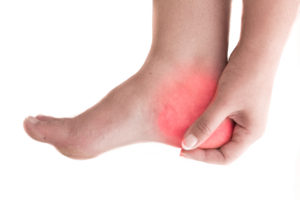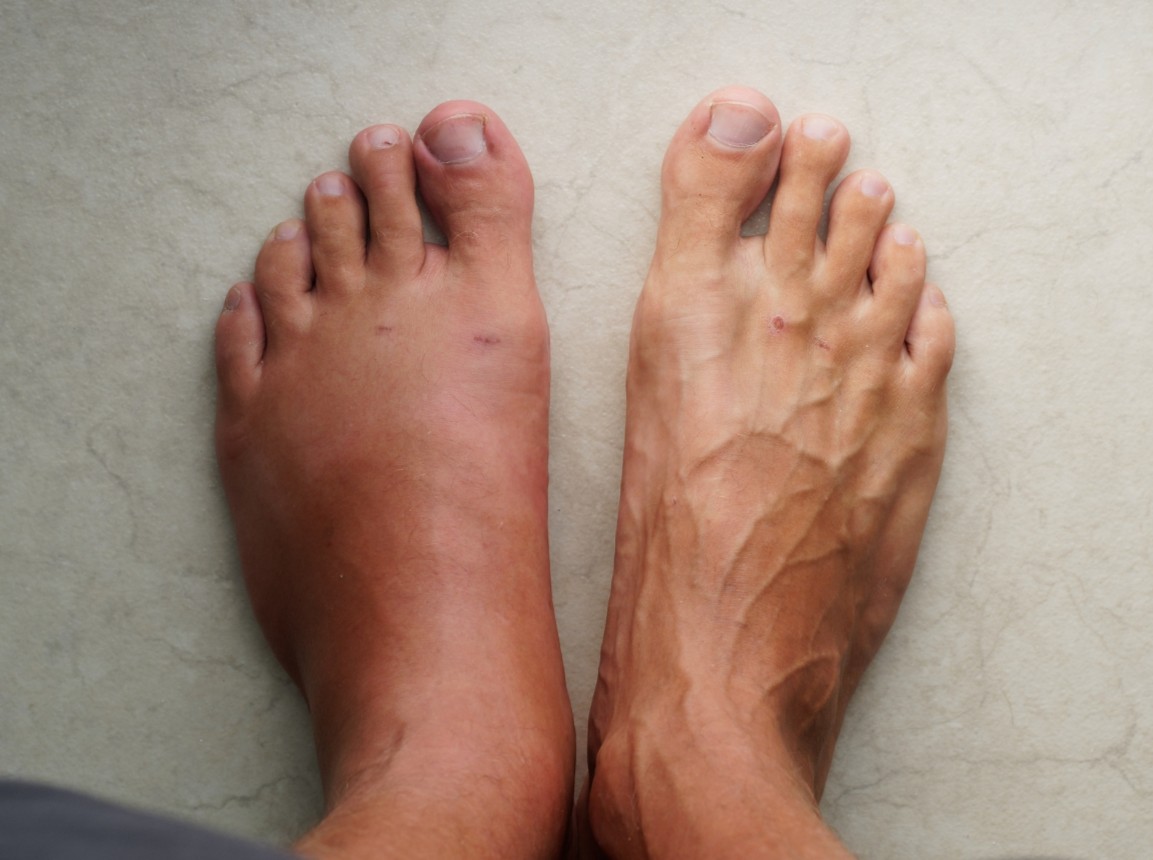Your abductor hallucis (from hallux, meaning ‘big toe’) is a muscle that spans your arch, beginning at the inner aspect of your heel and
attaching to the inner side of your big toe. It helps to move the big toe sideways (like when you splay your feet to grip onto the ground),
supports your arch and foot with every step you take, and supports a massive amount of weight (among more technical functions that
help). Abductor hallucis tendinopathy (AHT) describes damage to the abductor hallucis muscle from overloading. This
condition is often overlooked because its symptoms closely resemble those of plantar
fasciitis,
a common cause of pain in the arch of the foot.

AHT is typically an overuse injury. When the tendon is overloaded from excess or repetitive strain and pressure, micro-tears and damage results and painful symptoms and inflammation begin. This overuse may be caused by:
Symptoms typically include:
Treatment begins with relieving the painful symptoms by following the PRICE principles (protection, rest, ice, compression and elevation). The focus is then on facilitating the healing and repair of the tendon, and reduce the likelihood of future recurrence. This may involve:

We’ve all had those days — you come home after hours on your feet, kick off your shoes, and notice your ankles look puffier than usual.
Swelling in the feet, ankles, or legs (known medically as edema) isn’t always a reason to panic. It can be as simple as a
salty lunch or a long flight.
But what if it’s happening more often — or seems to be getting worse? Swelling can sometimes be a sign of something more serious. Here’s
what could be going on and when to check in with your doctor.
.jpg)
Every year on October 8th, the world celebrates International Podiatry Day - a day dedicated to
raising awareness about foot health and the vital role that podiatrists play in our overall well-being.
Keeping your family on their feet and helping them to walk, run, play and exceed their goals is why we love getting up in the morning.
Ground Floor, One Health Building
122 Remuera Rd, Remuera
Auckland 1050, New Zealand
| MON - FRI | 7:30am – 6:30pm |
| SAT | 8:30am – 4:30pm |
| SUN | Some availability |
Make an Appointment
Online Schedule
Our virtual receptionist is available 24/7 to help with general questions, booking requests, and clinic information, even when our team is busy, or it's after hours.
Whether you're calling us or using our website, you'll get fast assistance any time of day. And if your query needs a personal touch, a member of our team will follow up as soon as possible.
If you’d like to see a podiatrist who speaks your preferred language, just give us a call and we’ll help you book.